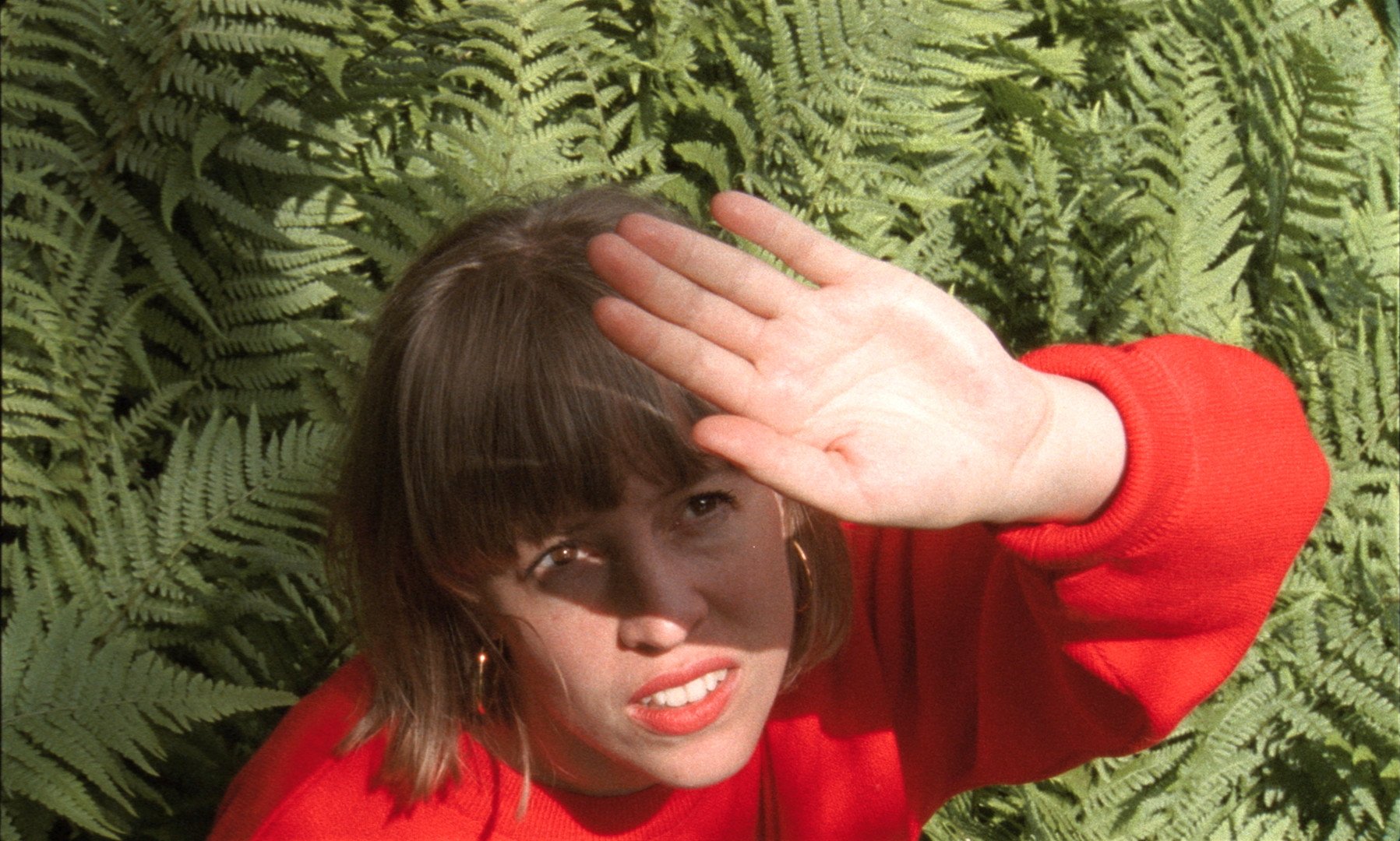Your film is an experiment about bodies in nature, edging closer or further apart. How did this project originate?
As with all my films, there were several starting points that merged to form a desire to start shooting: there was the park that I know very well and which invites you to reflect on different aspects, as it is a complex cultural and social space in constant transformation. The scenes are very loosely inspired by the first pages of The Waves by Virginia Woolf, where the group of protagonists are still kids and find temporary refuge in a garden. The state of imagining a kind of hide-away, the gestures of reference and relation as well as the fragility of these states interested me. And then there was the specific period of the pandemic which increased the desire to express physicality and terms of human relations—the images were shot in May 2020—and the film itself came into being over the following years. Years that were charged by fundamental changes and societal shifts which then further influenced the film’s character.
Pre-raphaelite paintings seem an essential visual reference point: lush nature, water, textures, flowers… Why does nature hold such a central place in your film?
I didn’t work with direct references of paintings, but I am aware that my image making is always influenced by what I have seen before and by what I see in general. And the park is of course also designed in referential terms: A Japanese garden, the Mediterranean terrace etc…
Aesthetics play a major role here. There are certain perspectives and arrangements in my film that are directly inspired by this design, or even directed by it. One could understand the park (also) like an amazing set design and the mise en scène accordingly. And because of all this it is not mainly nature that holds a central place in my film but rather culture, I would say. If we want to talk about nature—the plants in the park are living beings, there are animals and there is us—I would say that us and all that we create as human beings can never be completely separated from nature. We are part of it. It’s a close relation, a fundamental one.
Your film is also very loosely narrated through sometimes cryptic, sometimes fairytale-like text. Why choose to include text in this manner?
The text has the same importance as the images, but it works differently. As if told from an outer perspective, one that knows much more than the characters in the film, it weaves a loose framework and then interacts with the other elements—the music, the sounds, the images and movements. It is a poetic approach that counts on the resonance that emerges between these different elements of the film. There is space left for you and anyone perceiving the film. My wish is that like that it stays vivid, that it can change its own identity, that it keeps oscillating, depending on who is relating to it and under which circumstances.
Musicality and rhythm hold a central place in the experience of watching your film. How did you work on the editing, in relation to the music?
It might be surprising, but the music came in when I had already edited the main structure of the film. I knew that I wanted to have a sound level that meets the image level on equal terms. It needed to have the same force, it needed to confront the images. When the music came in, I refined the edit of course, but the rhythm was there before. And that’s probably why it works so well for me—the edit and the music that I then chose were already of the same nature, they kind of found each other. Or we, Nika Son (the composer) and me brought together what was meant to be.
Interview by Nathan Letoré
